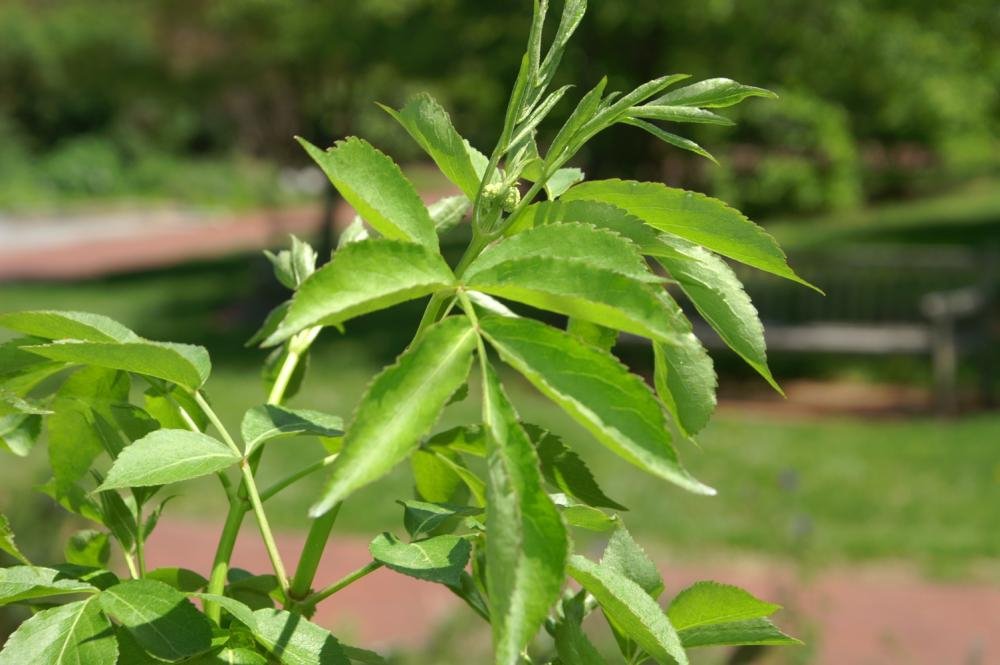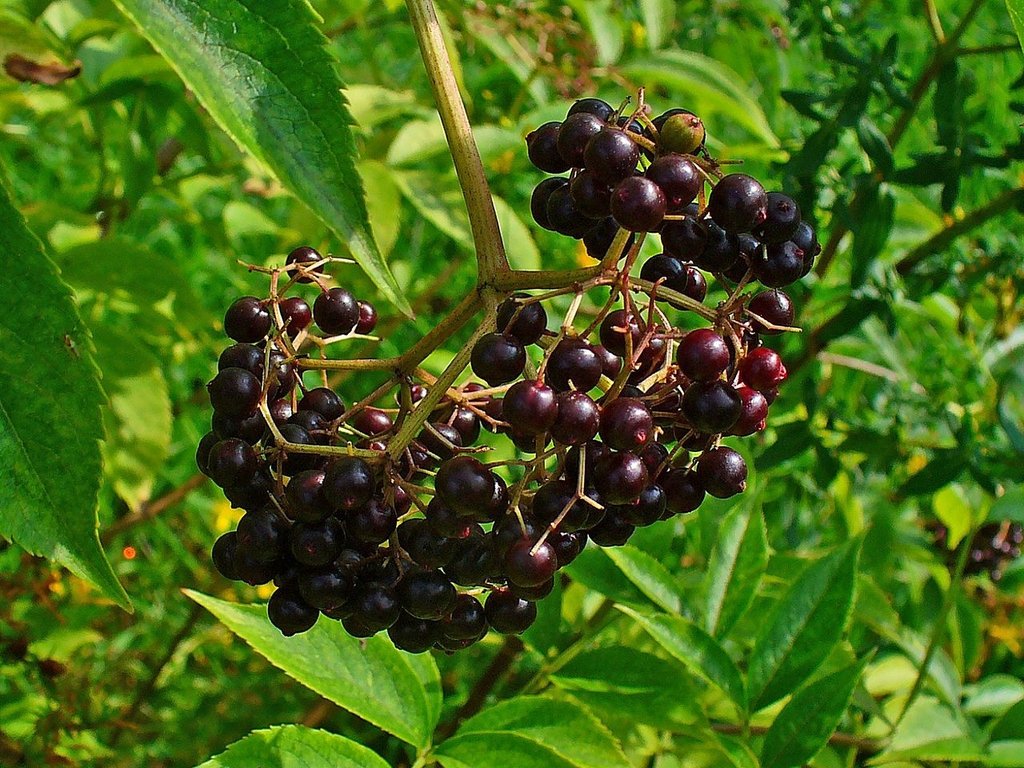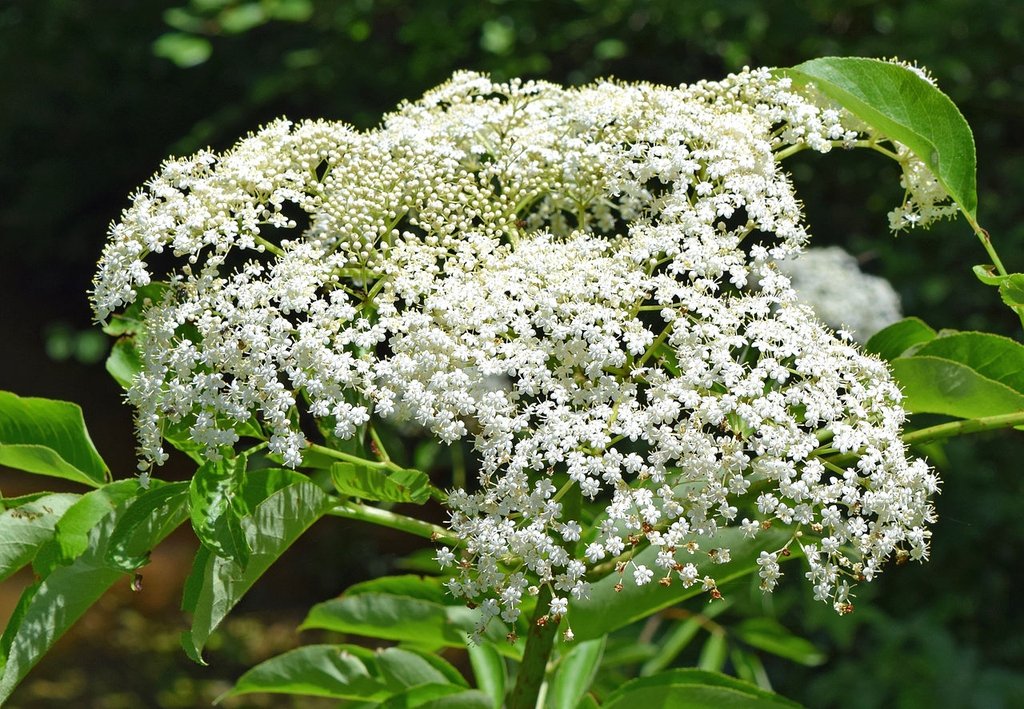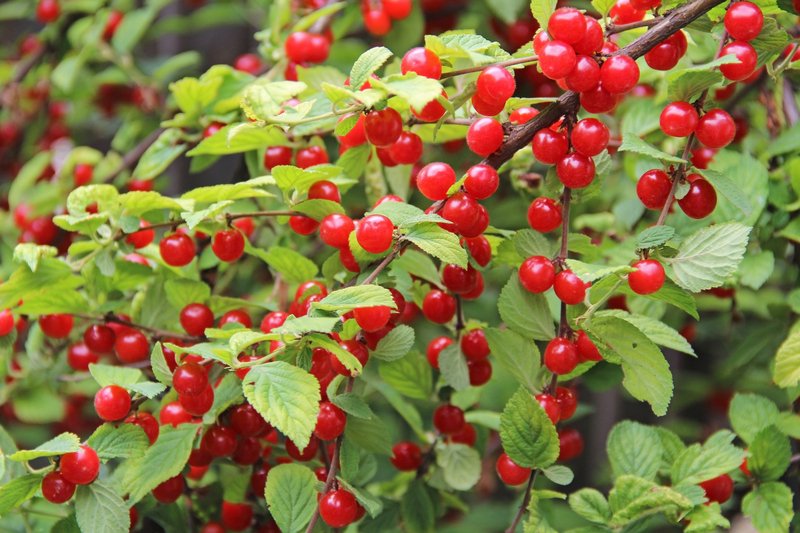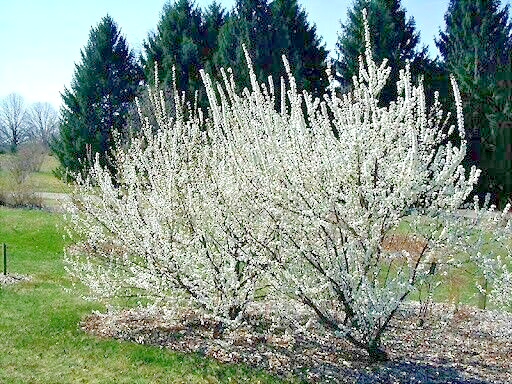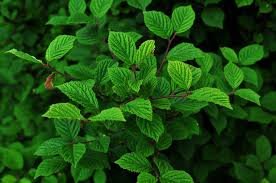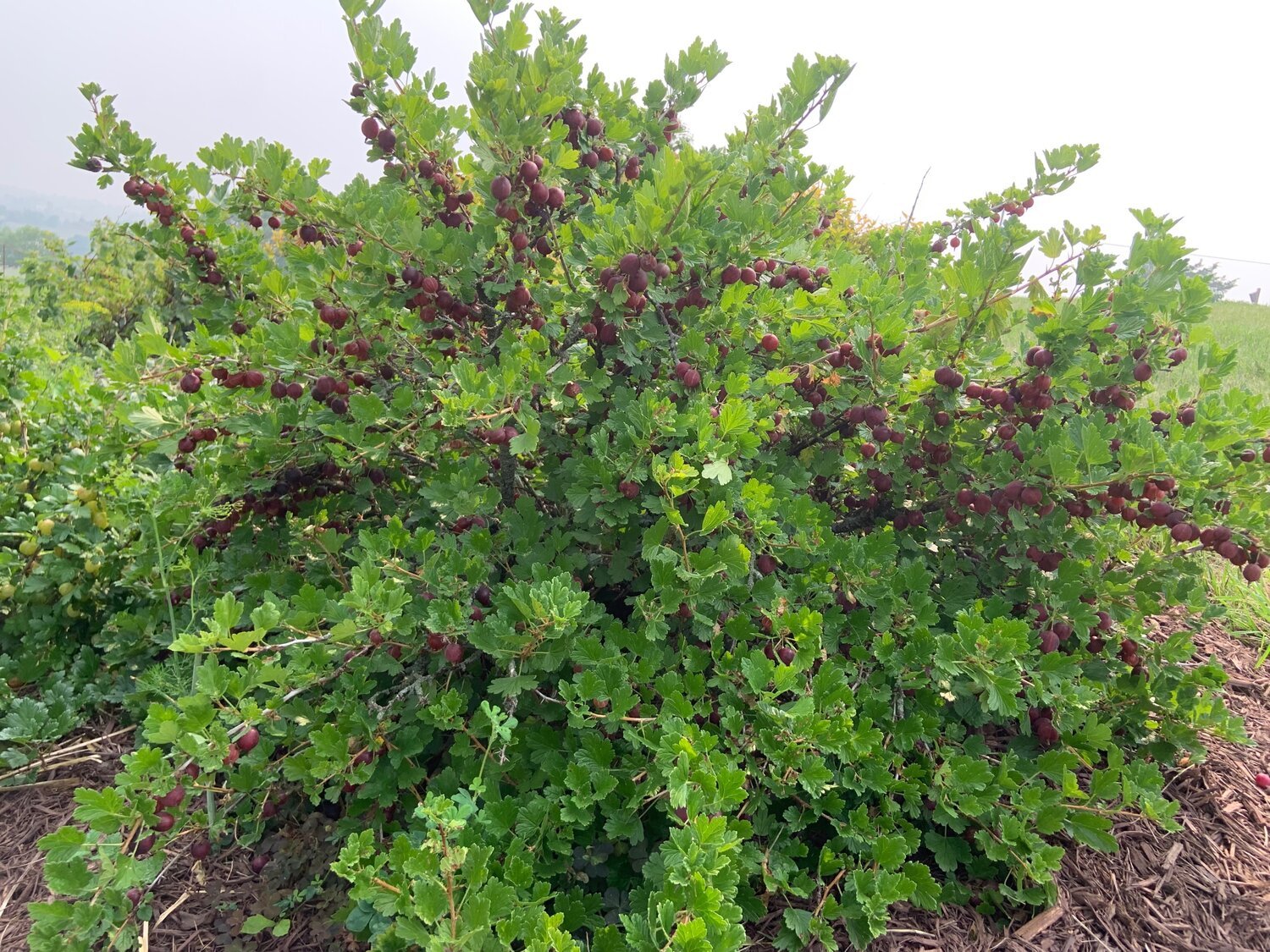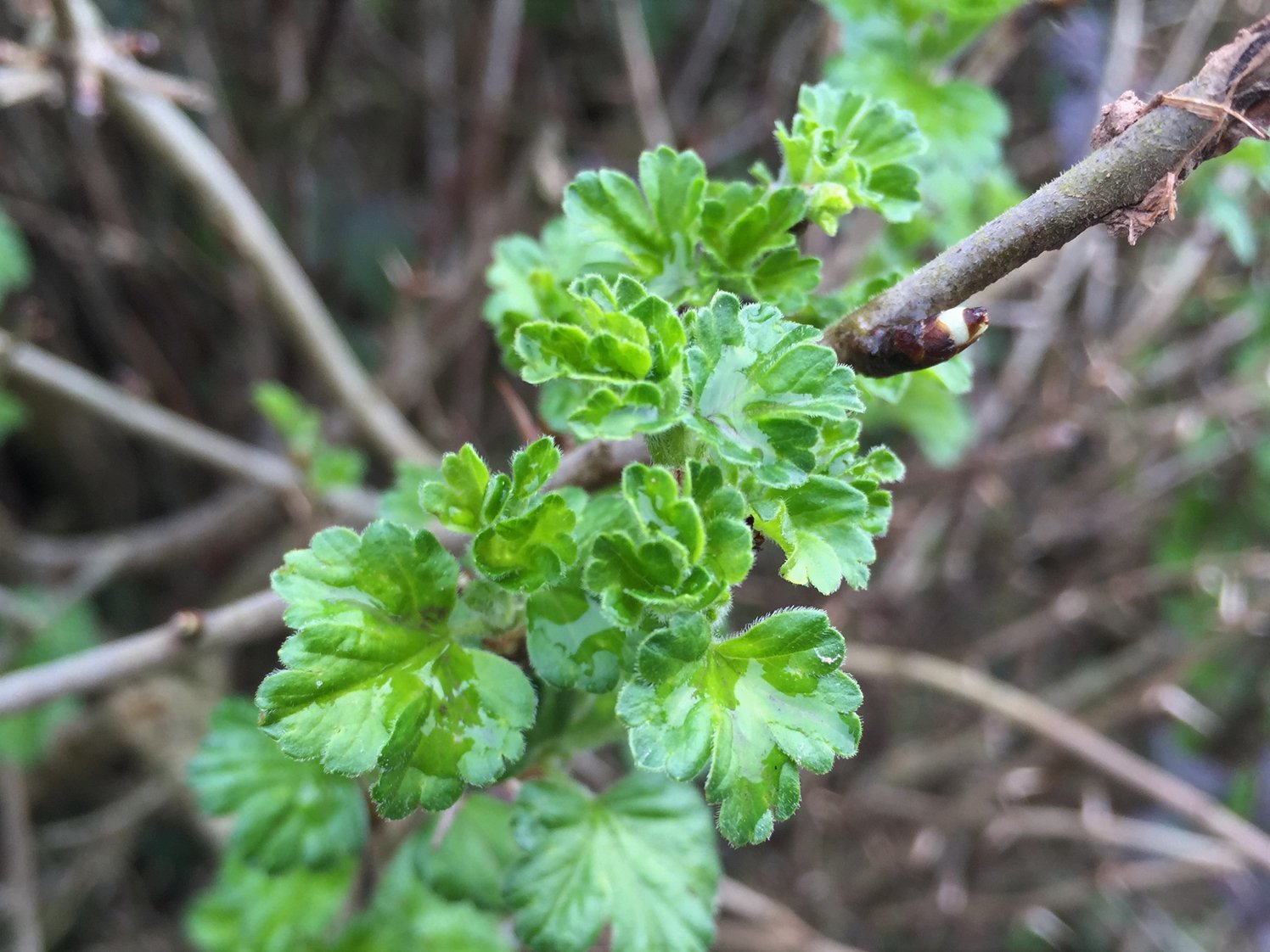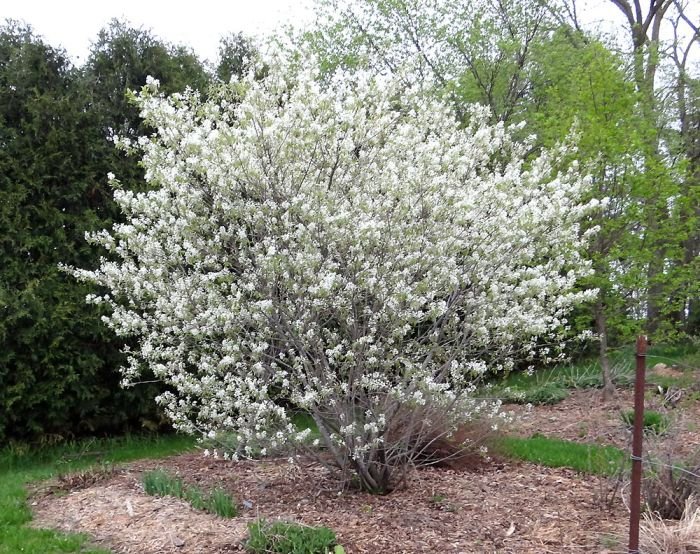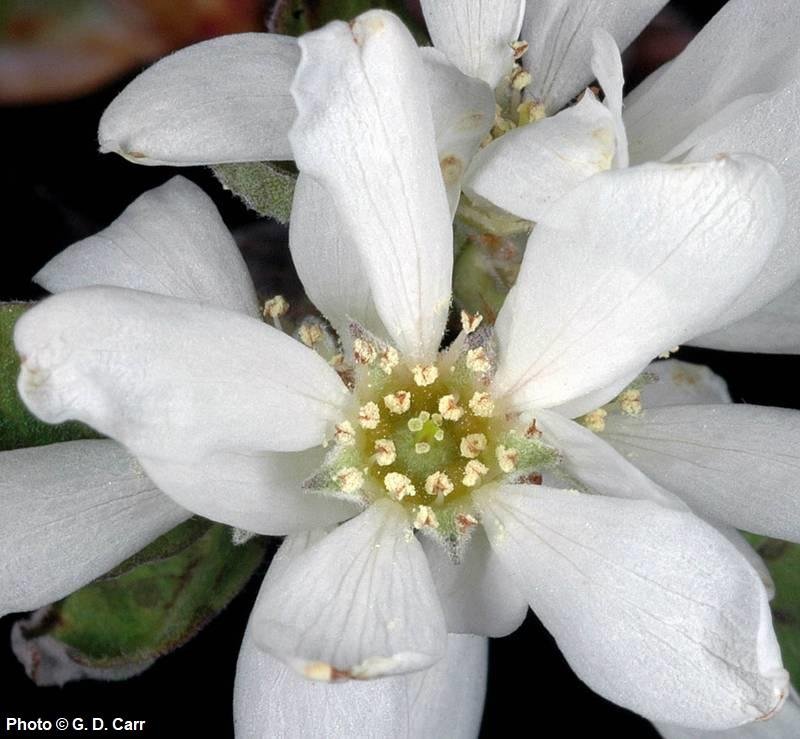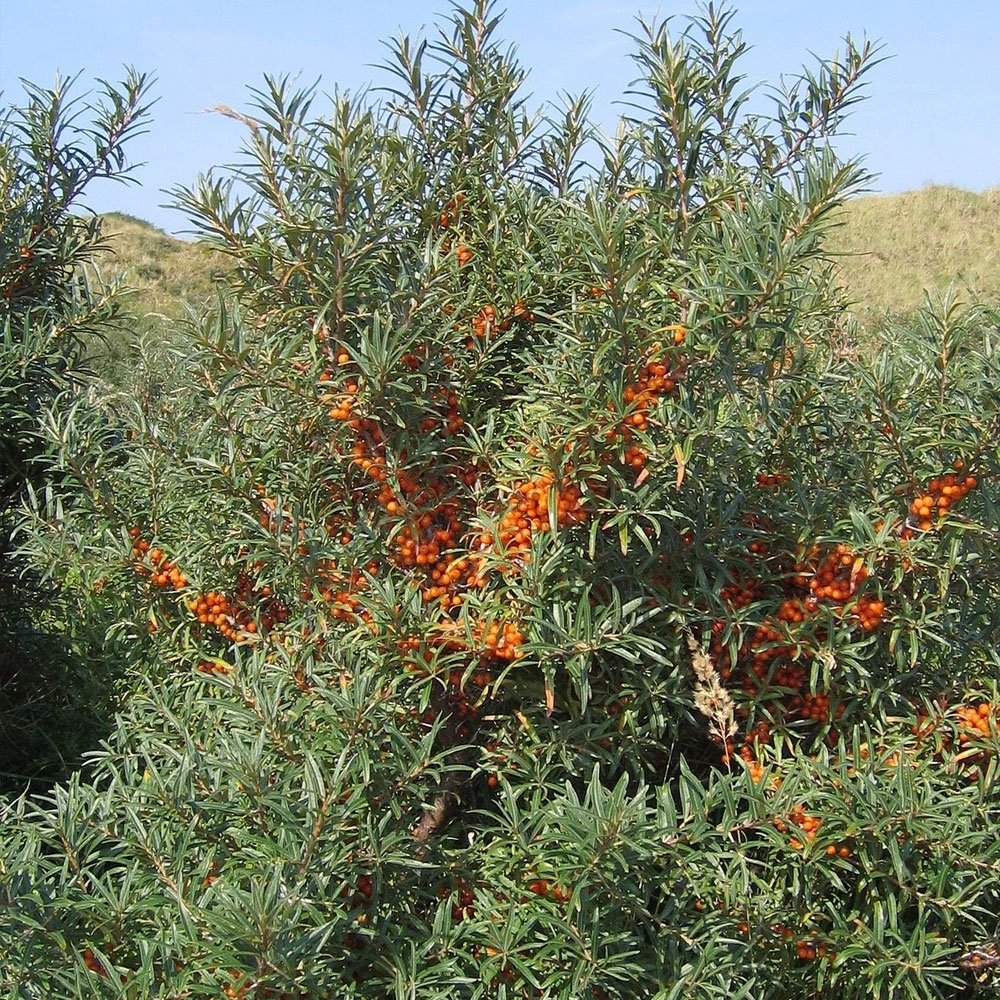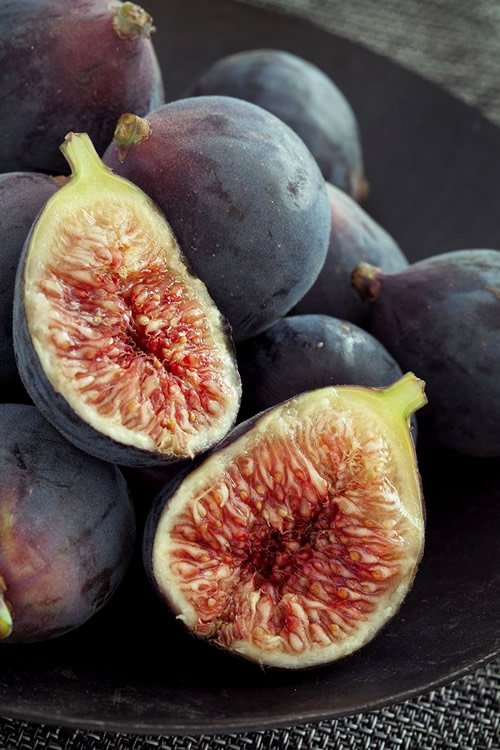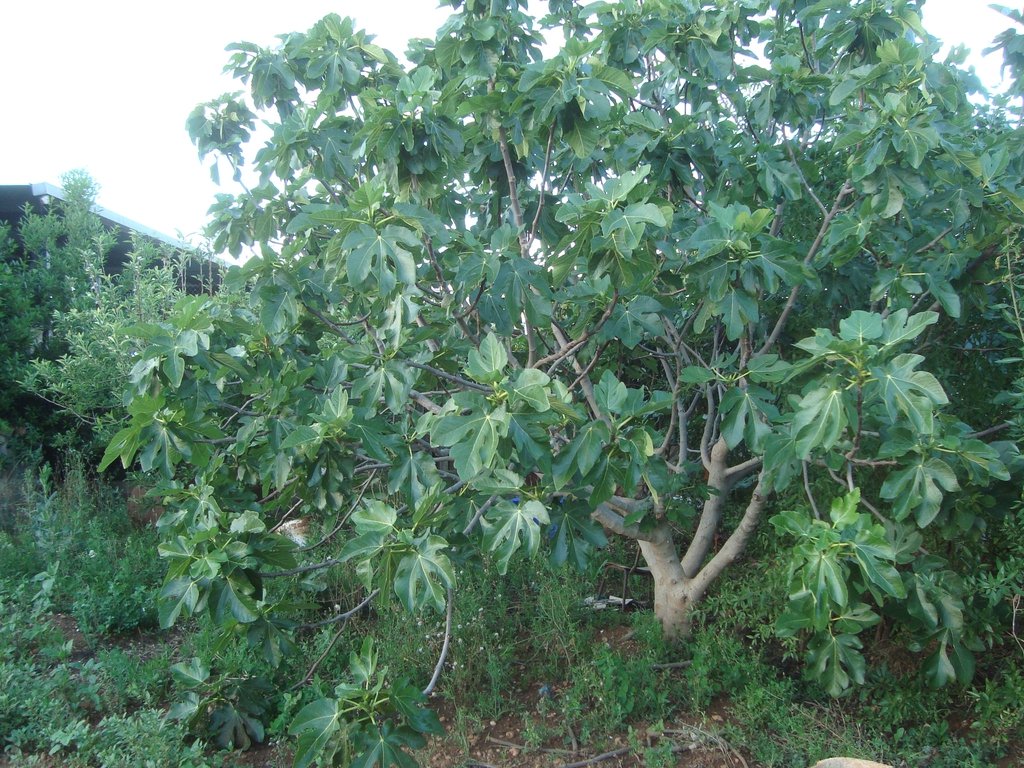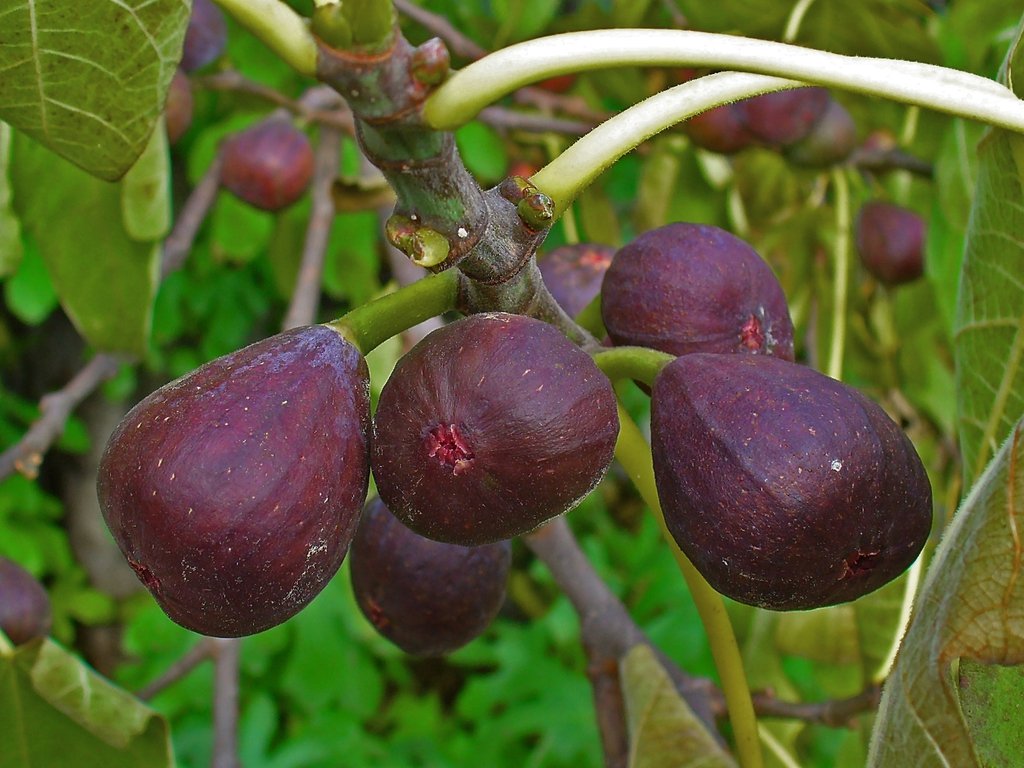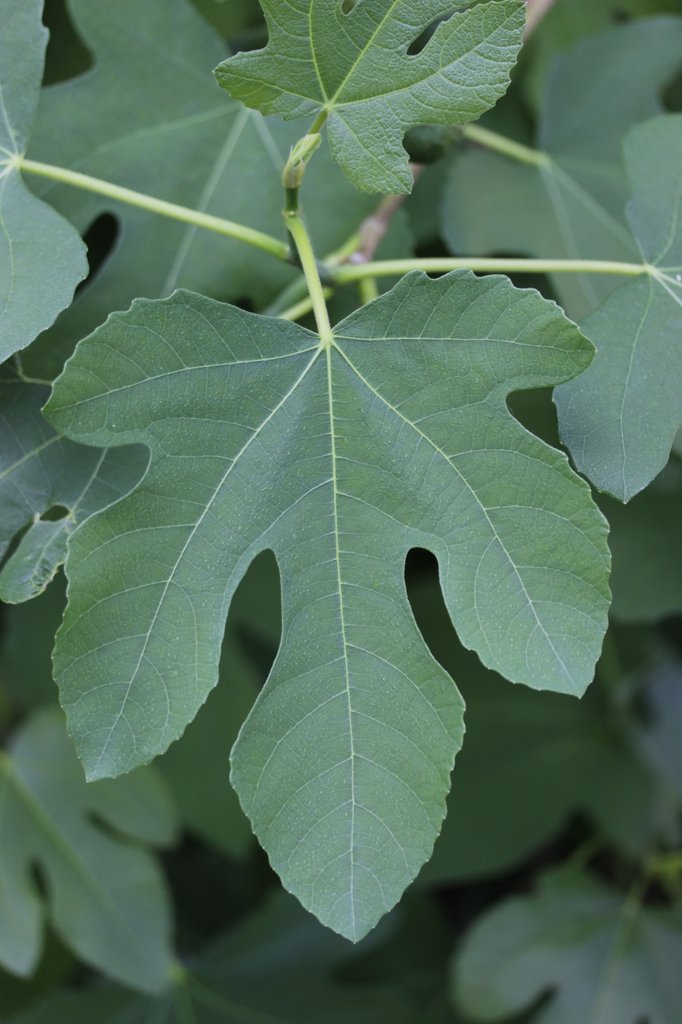lderberry shrubs are prized for their immune-boosting properties, thanks to their dark purple-black berries. These adaptable shrubs grow 6-10 feet tall and wide, thriving in full sun or partial shade and most soil types. Elderberry’s small white flowers in late spring can be used to make syrups and teas, while its berries ripen in late summer and can be harvested to make jams, juices, or pies. This plant is not only useful for human consumption but also provides vital food for pollinators and birds.
Elderberries have been used for centuries in herbal medicine, particularly for treating colds, flu, and respiratory ailments. Native to North America, elderberries were used by Indigenous peoples to prepare syrups and teas, and their flowers were used for a variety of remedies. Elderberries are rich in antioxidants and vitamin C, making them a powerhouse of nutrition that can help support the immune system.
In the garden, elderberry shrubs are an excellent choice for both health-conscious gardeners and wildlife enthusiasts. Elderberries are not only medicinal but also incredibly productive, offering a bountiful harvest each year. The flowers can be used to make teas, syrups, and cordials, while the berries can be used in jams, jellies, sauces, or dried for later use. Note: the berries are not to be eaten raw – they are mildly toxic unless cooked. Elderberry shrubs add value to any landscape, providing both beauty and a valuable harvest.
Zone Range: 3-8
Sun Requirements: Full sun to partial shade
Size at Maturity: 6-10 feet tall, 6-10 feet spread
Pollination: Needs two plants to pollinate (must be different varieties for cross pollination)
Varieties:
York – A vigorous, high-yielding variety with large, sweet berries and a more upright growth habit.
Goodbarn – Selected for its exceptionally large fruit clusters and high productivity.
Bob Gordon – Known for its downward-hanging berry clusters, which help protect fruit from birds and improve harvest, with very high yields.
Adams – A classic, cold-hardy variety with medium to large berries and a balanced tart-sweet flavor.
Johns – A vigorous and early-producing variety with larger fruit and clusters, making it a favorite for juice and syrup production.
Black Lace – A striking ornamental variety with deeply cut, dark purple foliage and pink flowers, producing smaller but flavorful berries.
